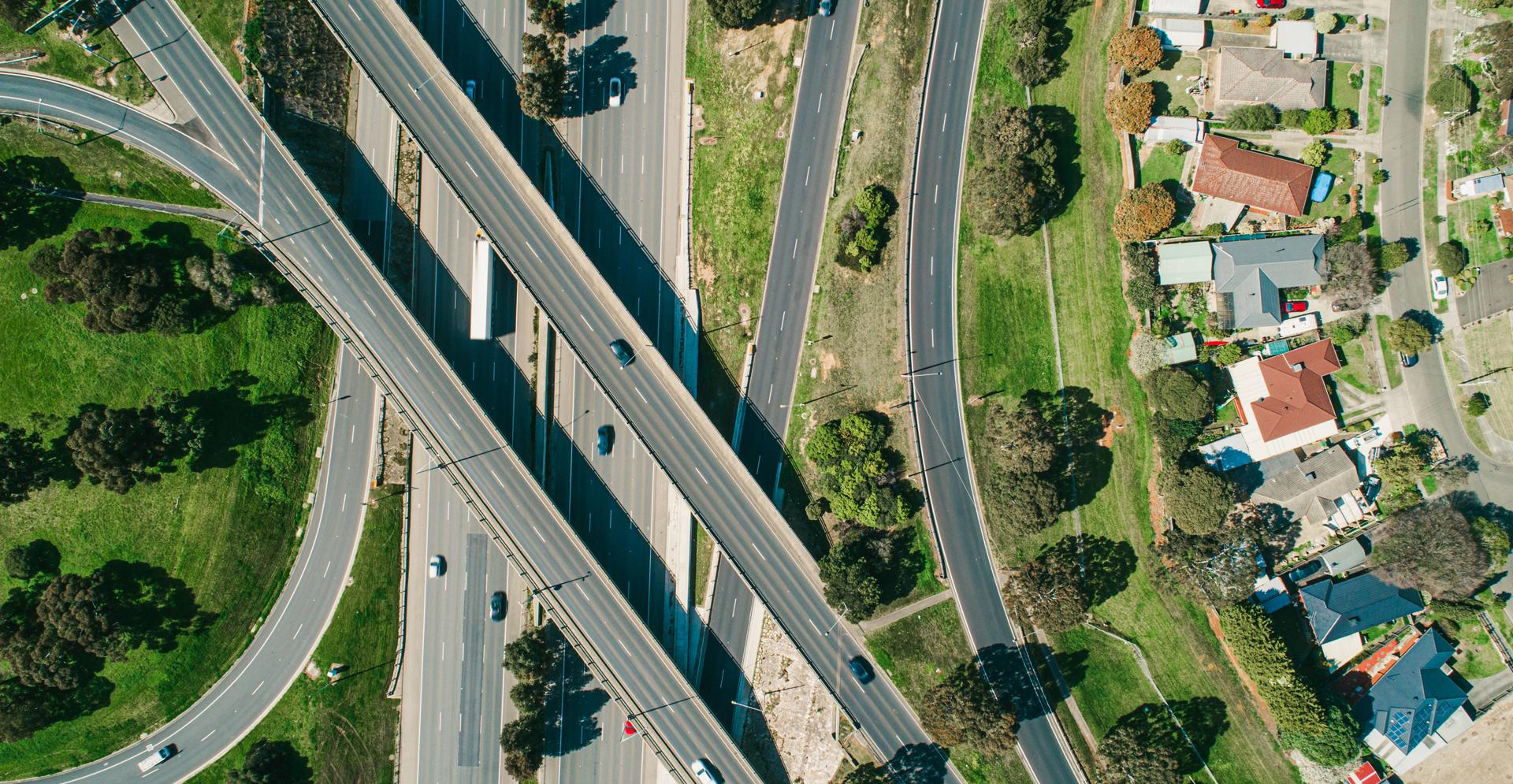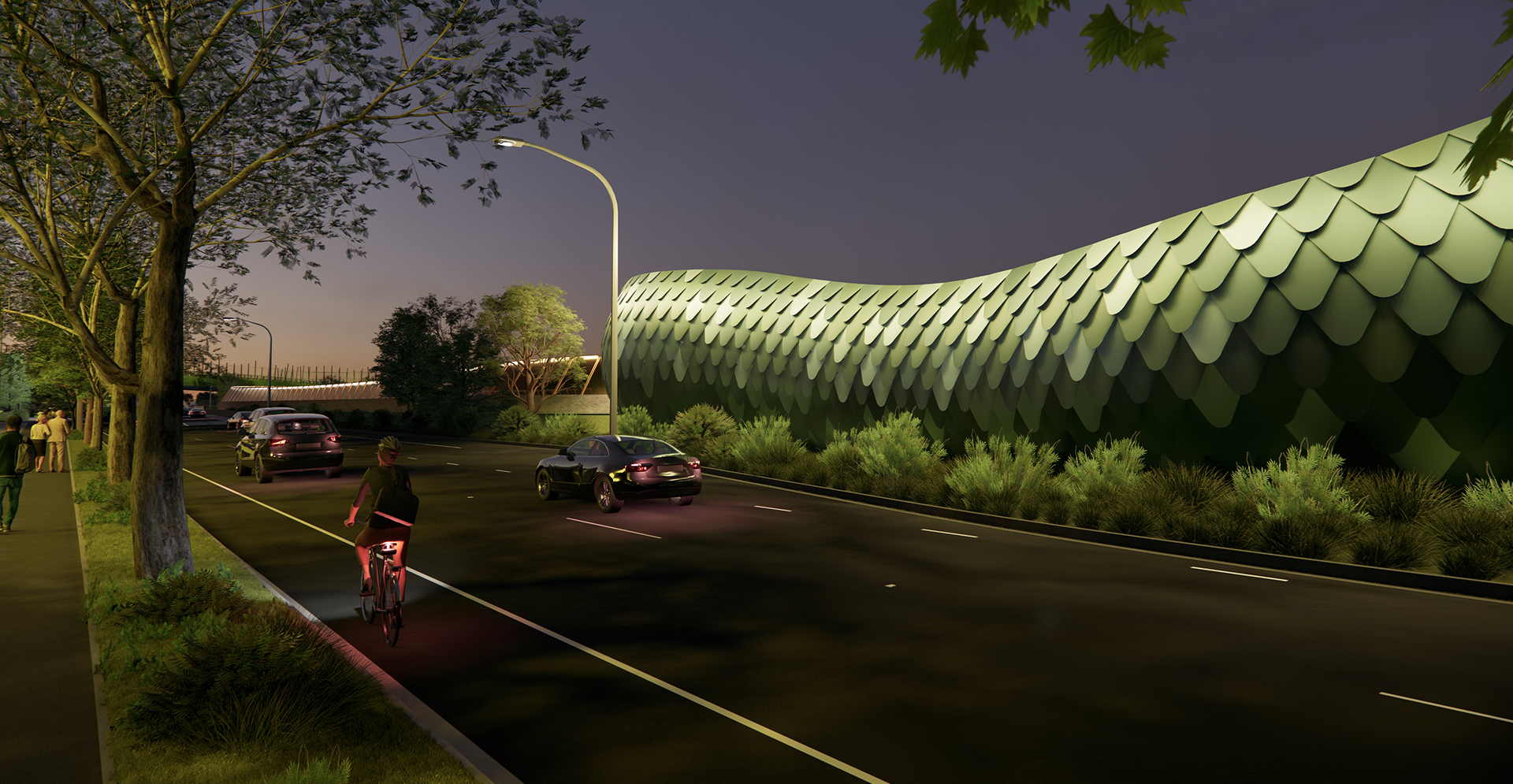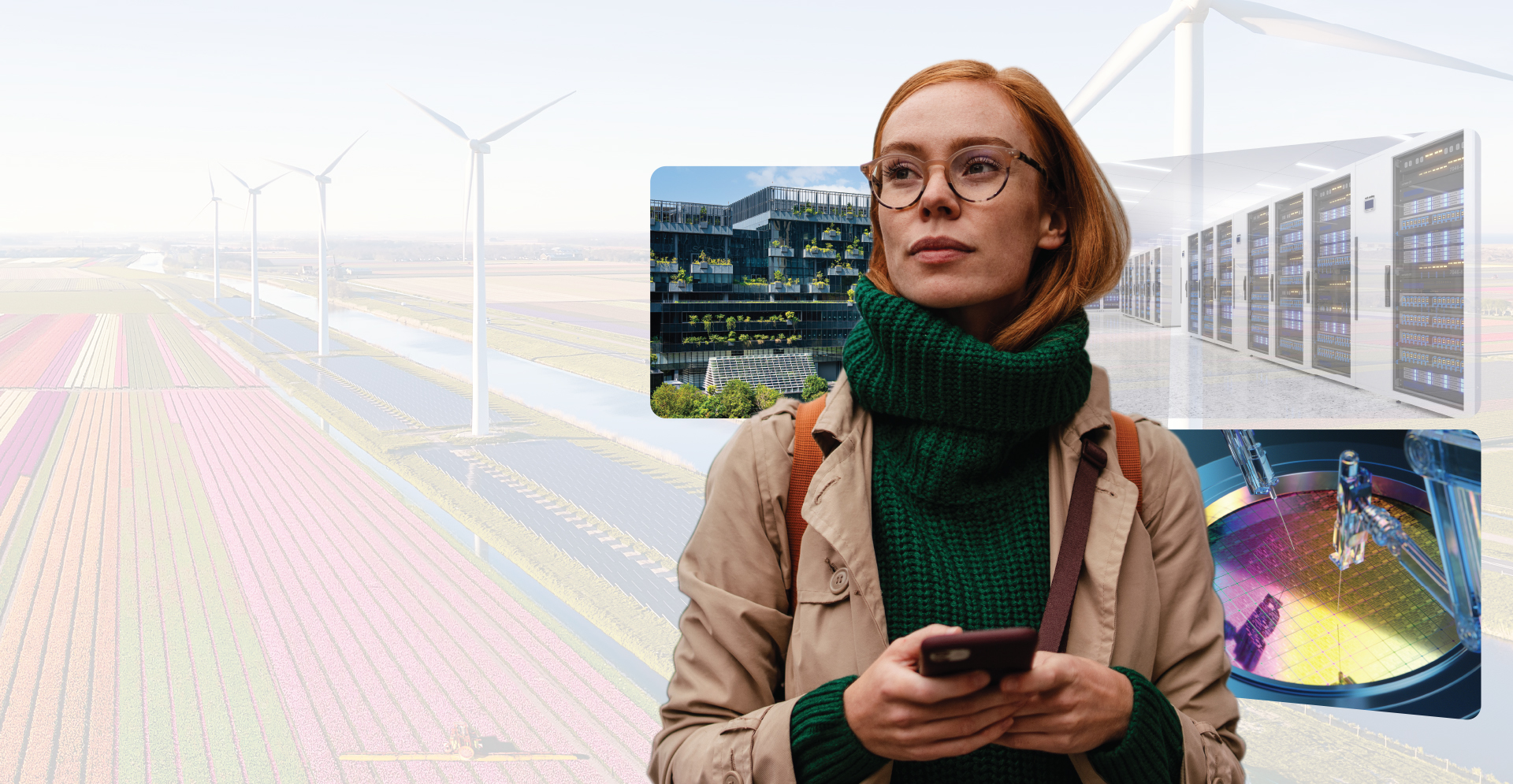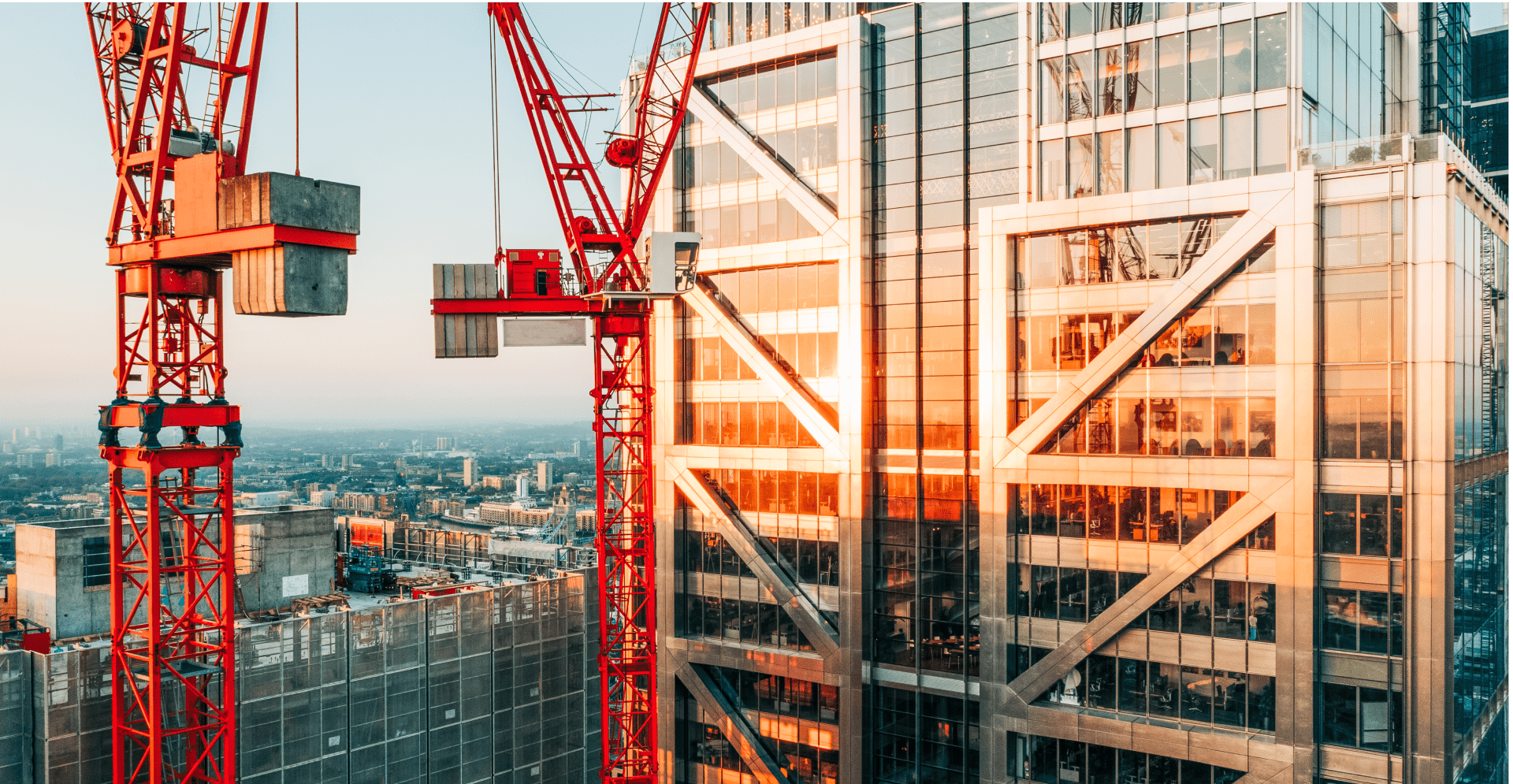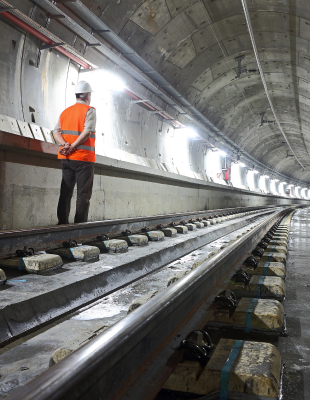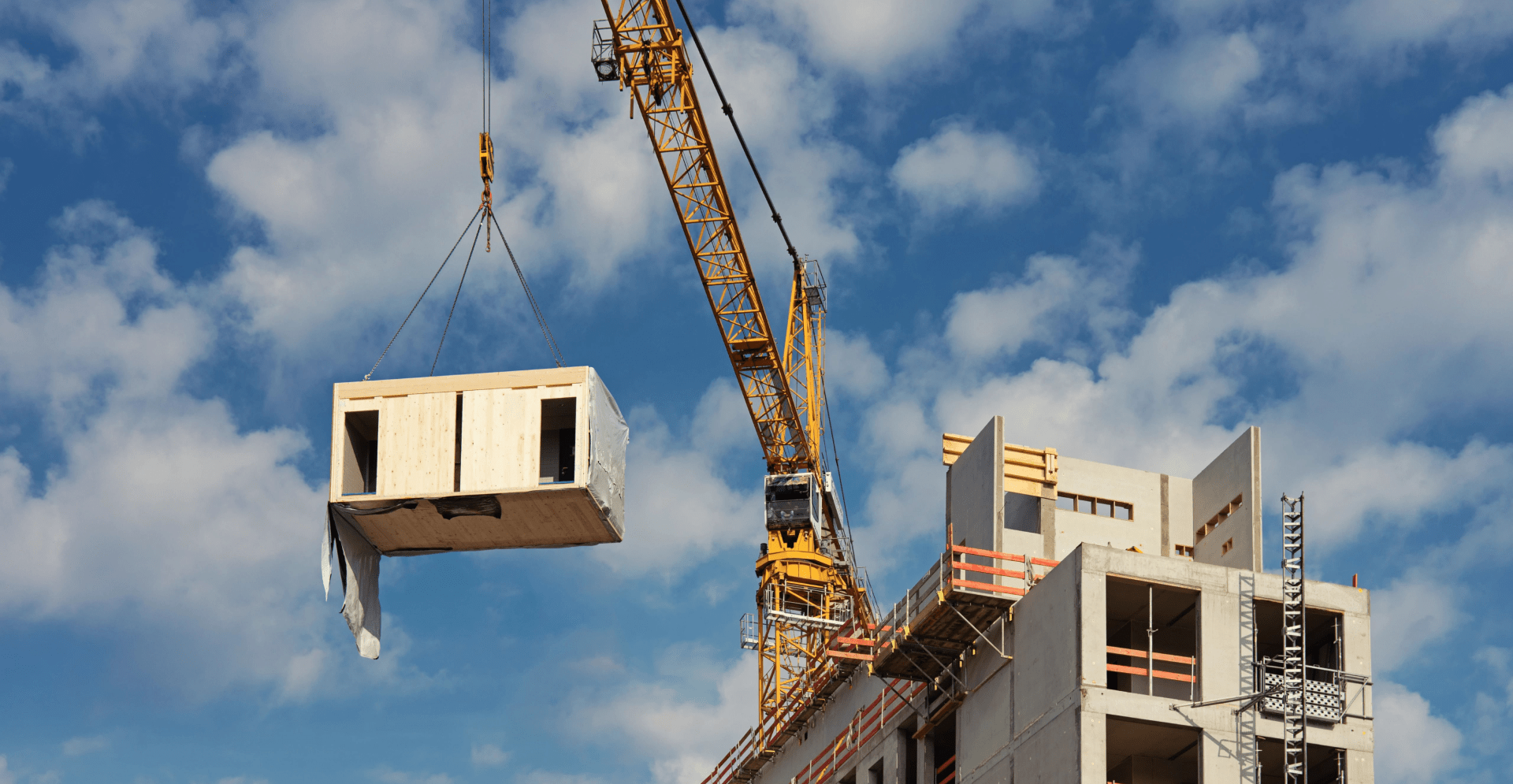Table of Contents
The challenge
The road network between Sydney Airport, Port Botany and Westconnex St Peters Interchange was constrained and congested.
Sydney’s population is expected to grow to 6.1 million by 2041. The previous road system around Sydney Airport, Port Botany and Westconnex St Peters Interchange – all critical and sea freight terminals for Sydney and Australia - was a busy, congested and highly constrained network. Described as the ‘missing link’ in Sydney’s motorway network, in 2018 the NSW Government announced a commitment of $2.6 billion to build the new Sydney Gateway project to enable improved traffic flow and quicker travel times.
The site constraints included:
- From above, the Obstacle Limitation Surface and High Intensity Approach Lights for the airport, constraining the design of roads, street lighting and above ground structures (which were required to meet minimum vertical clearances) as well as construction equipment.
- From below, there was significant contaminated material from a former landfill site and a shared services corridor which was critical to the operation of Sydney Airport and assets servicing greater Sydney.
The surrounding sites, Alexandra Canal, Port Botany Freight Railway and Sydney Airport International and Domestic Terminals, all had to remain operational and with no impact to the existing traffic flows throughout construction.
The solution
Sydney Gateway provides toll-free connections between the airport precinct, port and freight terminals and the motorway.
Arcadis, in a joint venture with AECOM (AAJV), delivered the detailed design and construction phase services for this important project. Open to traffic in 2024, Sydney Gateway was one of the most technically challenging road designs in Australia. Our multidisciplinary design team collaborated closely with the contractor and stakeholders to deliver this complex, multi-billion-dollar project, using innovative methodologies across all disciplines.
The road design team optimised alignment, focusing on coordinated earthworks, pavement, drainage and road furniture to ensure flood resilience and minimise contaminated material work. They coordinated 3D models with the bridge consultant creating smart vehicle envelopes and placeholders to ensure integration as the 3D bridge models were developed.
Our geotechnical team tackled challenging brownfield conditions over the former Tempe landfill, implementing a robust ground treatment strategy to meet strict settlement limits, manage soil contamination and maintain stability under demanding load requirements. Advanced digital tools, including PLAXIS 2D, Settle3 and 3D federated models, were employed to simulate complex soil behaviours and optimise the ground improvement techniques. By combining innovative digital modelling, ground treatment digital modelling, ground treatment methodologies and rigorous settlement monitoring, the geotechnical team played a vital role in delivering 9800 resilient, high-quality foundations that supported the project's objectives for safety, reliability and sustainability.
-
Read more
Our pavement team developed Australia’s first sustainability metrics to quantify embodied carbon emissions for pavement types, aiding decision-making and contributing to Arcadis' sustainability approach. This innovation earned an Excellent rating from the Infrastructure Sustainability Council.
The drainage team optimised the design to minimise impacts on Sydney Water's Alexandra Canal, remediating outlets to maintain wall stability. To honour the longstanding Aboriginal history in the area, the lighting and structures team worked collaboratively with the urban designers to assist in displaying Indigenous artwork along the new viaduct flyover to the Domestic Terminals.
The project team developed new digital techniques, including a detailed clash-detection model, a digital design management system for efficiency and a digital platform (UniPhi) for cost control. These innovations ensured smooth operations during COVID lockdowns and contributed to significant savings through removing 1800 tonnes of steel, 73km of CMCs and 1.5km of major concrete drainage structures.
Securing various third-party approvals from the numerous stakeholders also added to the complexity of the project. Key stakeholders involved throughout the design and construction process included Sydney Airport Corporation, Civil Aviation Safety Authority (CASA), ARTC, Sydney Desalination Plant, Sydney Water, TfNSW, local councils, John Holland, Seymour Whyte and multiple other Tier 1 and Tier 2 consultants.

The Impact
Sydney Gateway eases airport access and travel time, improves freight flow and offers free terminal links for northern and western Sydney residents.
Providing a high-capacity link from the major transport hubs of Sydney Airport, Port Botany and the Westconnex St Peters Interchange, Sydney Gateway improves access and reduces travel time for road users going to and from the airport, particularly for northern and western Sydney residents. The new toll-free connection bypasses 26 sets of traffic lights and is estimated to reduce travel time from Parramatta by 40 minutes and save up to 17 minutes travelling between Sydney Airport terminals and St Peters Interchange.
The new route enables better flow of freight between the hubs or the airport and port, and deliver more reliable journeys for travellers. With new landscapes and landmarks visible from the ground and in the sky, as well as prominent Aboriginal design motifs, Sydney Gateway has revitalised the airport precinct for visitors to Sydney and strengthens its position as a global city.
Not done reading?
This also might be interesting for you
- Related Projects
- Related Insights
- Related Blogs


